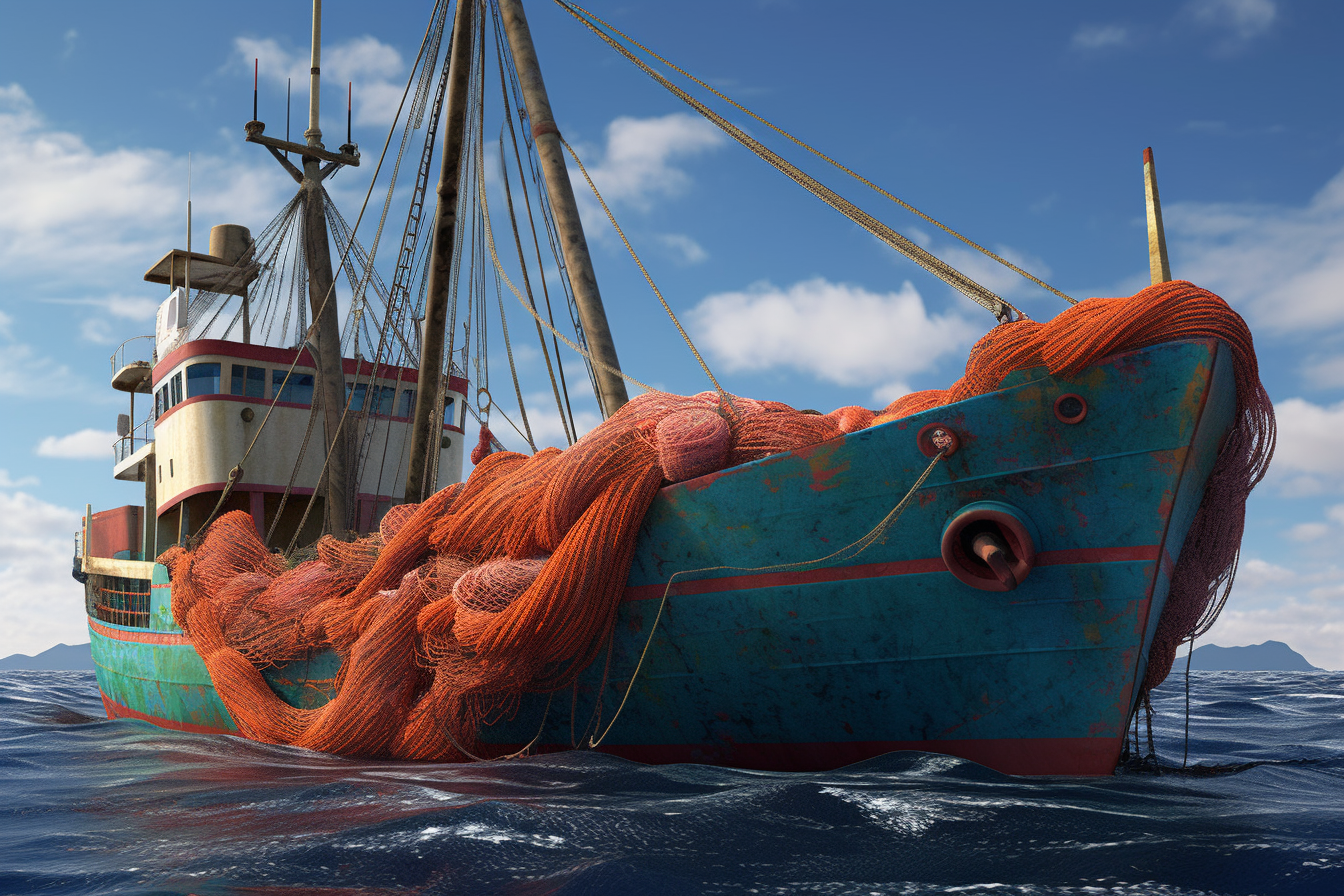
The Pros and Cons of the Commercial Fishing Industry
We are reader-supported. When you buy through links on our site, we may earn affiliate commission.
Commercial fishing has received a great deal of negative press in recent years, and for good reason. Overfishing has significantly affected marine life, hurt vulnerable populations and damaged sensitive ecosystems. However, proactive improvements can turn commercial fishing into a sustainable industry that does not harm the environment.
Fish serves as a nutritious food for worldwide populations. Many people rely on seafood for vital nutrients, like protein. Unfortunately, the commercial fishing industry is part of the global economy, meaning many regions now export the majority of their catch. This leaves coastal communities vulnerable to food insecurity. In addition, climate change and its effects on ocean health are directly impacting the fishing industry. Improving sustainability requires evaluating commercial fishing pros and cons, and then affecting positive changes from the information gathered.
Pros
The commercial fishing industry has many positives that impact people throughout the world. Seafood is an excellent and plentiful protein source and economic stimulator.
1. Global Food Supply
Fish are a significant portion of the worldwide food supply. From Iceland to Malaysia, many people eat more fish than red meat. In countries with access to fresh seafood, fish contribute to a large percentage of daily protein intake.
However, while most fish-consuming countries tend to source from their own supply, there is concern about seafood being caught in other parts of the world and then incorrectly labeled. For example, many Americans buy frozen cod or tilapia, thinking it is wild, when in fact it was raised in China. Thankfully, traceability standards requirements have improved in the past few years, and these occurrences are much rarer.
2. Financial Impact
As of 2016, commercial fishing added $61 billion to the U.S. GDP. The seafood industry historically has been a booming one, employing over a million people. It’s important in many rural regions around the United States and has a significant impact on local communities. In fact, many areas have historically relied on this sector for decades.
Due to the COVID-19 pandemic closing restaurants and other establishments, it should be noted that seafood sales have experienced a 95% decrease in demand. However, this downturn is understood as a temporary reaction to a turbulent economic state, not a forecast of depreciated sales over a long period.
3. Protein Source
Seafood is a fantastic protein source, especially as an alternative to red meat. In the face of climate change, scientists are researching better ways to reduce meat consumption while still meeting daily protein recommendations. However, many coastal populations are now forced to export most of their catch, leaving them vulnerable to food insecurity. Globally, there is a significant demand for seafood. The health benefits of fish, especially species rich in omega-3s like salmon, are worth noting. If commercial fishing could support more people eating seafood without damaging healthy marine populations, it could easily become a more environmentally friendly alternative to red meat.
Cons
Despite several positives, the industry faces disadvantages that must be overcome to be considered sustainable. Commercial fishing can cause a lot of environmental damage that must be addressed to become more Earth-friendly.
1. Bycatching
Without a doubt, one of the worst consequences of commercial fishing is bycatching. An enormous amount of waste is generated due to bycatch, which is a term used to describe the many fish and other wildlife that are caught when catching a specific species, like tuna. According to recent statistics, up to 40% of the world’s catch is bycatch, totaling around 63 billion pounds annually.
2. Habitat Destruction
There are several different types of catching implements, and each one comes with various environmental impacts. Of the net-catching methods, bottom trawling and dredging are some of the worst offenders, often destroying sensitive ecosystems that do not respond well to disturbance. While some techniques are less invasive, many commercial operations wreak havoc on aquatic life, often affecting other species without realizing it.
3. Climate Change
The world is changing, and so are our oceans. It’s easy to forget how significant rising sea temperatures are for untold numbers of marine life. This, along with ocean acidification, is altering aquatic ecosystems. These environmental changes are predicted to cause the extinction of fish populations, especially in tropical regions. Advocates of sustainable fisheries are urging the seafood industry to be more mindful of how many fish are being harvested, and what effect that has on individual populations.
Protecting Aquatic Life
It is essential to closely examine the current pros and cons of the commercial fishing industry, as well as identify possible solutions. These fisheries can be operated sustainably, but it will require significant changes in global methods and regulation. Considering how many people rely on seafood as a major protein source, protecting aquatic life and advocating for environmentally friendly methods should be the main focus moving forward.
Share on
Like what you read? Join other Environment.co readers!
Get the latest updates on our planet by subscribing to the Environment.co newsletter!
About the author
Jane Marsh
Starting from an early age, Jane Marsh loved all animals and became a budding environmentalist. Now, Jane works as the Editor-in-Chief of Environment.co where she covers topics related to climate policy, renewable energy, the food industry, and more.





